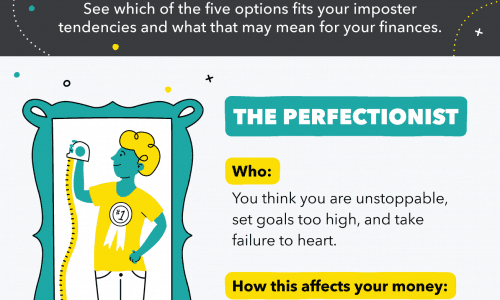
Parents who have had to keep children entertained while schools have been closed will be happy to know that there are some positives to video gaming. With stay-at-home orders in place, many children have kept themselves amused by spending more time on electronic devices. This colorful infographic offers some statistics on video gaming and some of the benefits of playing.
The downsides of video gaming are well-documented. Violent games are especially harmful, and a large number of children between the 4th and 8th grades gravitate toward games of a violent nature. Video gaming can become an addictive pastime, but it helps to develop cognitive skills in all who play them, adults and children, alike.
There’s no doubt that gaming improves eye-to-hand coordination. The player has to make quick decisions if they are to move up to the next level and this decision-making ability moves beyond the game.
The need to remember the rules of the game and the position of keys on the hand-held device helps to improve both long- and short-term memory. Research has also shown that video gaming improves mental health and reduces stress.
Many schools now incorporate video games which improve creativity and cognitive skills in their lesson plans as they recognize the benefits of gaming on their ability to learn. Today there are games that teach people about subjects as diverse as history and architecture, chemistry, and politics. It’s a fun way to trick reluctant students into learning new skills and concepts.




